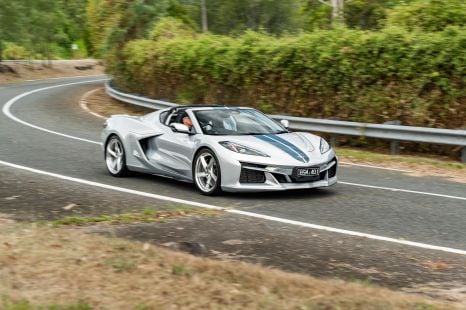

CarExpert.com.au
The CarExpert team's favourite cars of 2025
2 Hours Ago

News Editor
The CEO of Honda has made a surprisingly frank admission about the threat posed by Chinese automakers after attending the Shanghai motor show.
“They are ahead of us, even more than expected,” CEO Toshihiro Mibe said in remarks reported by Automotive News.
“We are thinking of ways to fight back. If not, we will lose this competition,” he added.
“We recognised we are slightly lagging behind, and we are determined to turn the tables.”

He wasn’t the only executive to speak of the Chinese brands, with chief operating officer Shinji Aoyama saying: “We were overwhelmed by the Chinese”.
Honda this week released more information on its electric vehicle plans, having already confirmed it plans to sell two million EVs and hydrogen fuel-cell electric vehicles in 2030 and phase out production of combustion-powered vehicles by 2040 (2035 in China).
The company’s EV plans appear somewhat piecemeal and heavily region-focused, at least in comparison with the likes of Volkswagen as well as Chinese companies like BYD.
It currently sells only a pair of small SUVs in China, plus the “e” hatchback in markets like Japan and Europe.
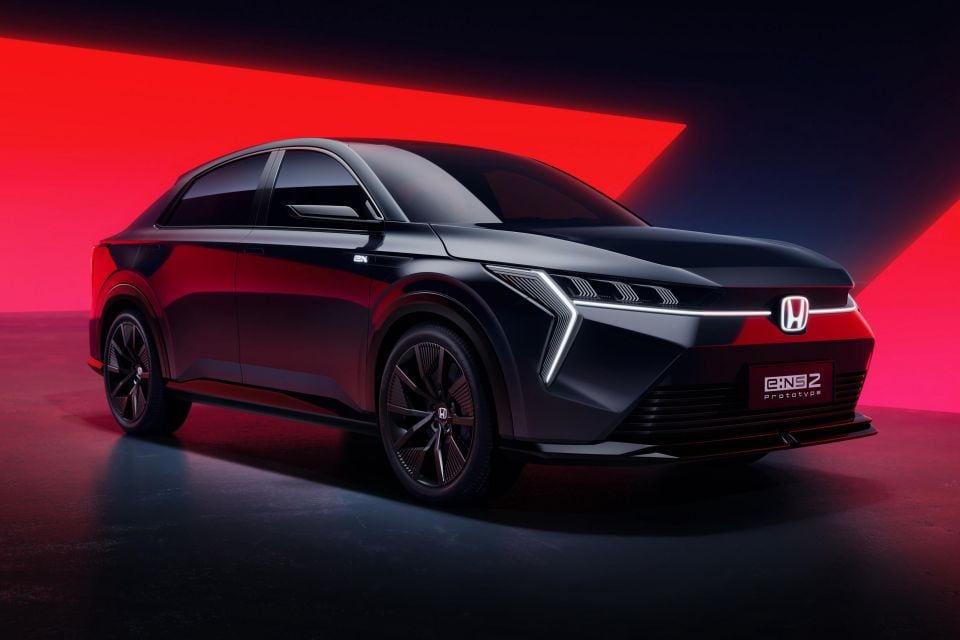
At Shanghai, it revealed the e:NP2 and e:NS2 prototypes and the e:N SUV Prologue concept, all of which will be on sale in China by the end of 2024.
These will form part of the 10 new EV models launching in China by 2027.
The company is developing different EVs for Japan, China and the US, and enlisting partners like Sony and General Motors.
In 2025, Honda will introduce a “mid- to large-size” EV in North America on the new E&E architecture, derived from Honda’s existing E dedicated EV platform but with greater digital services connectivity.
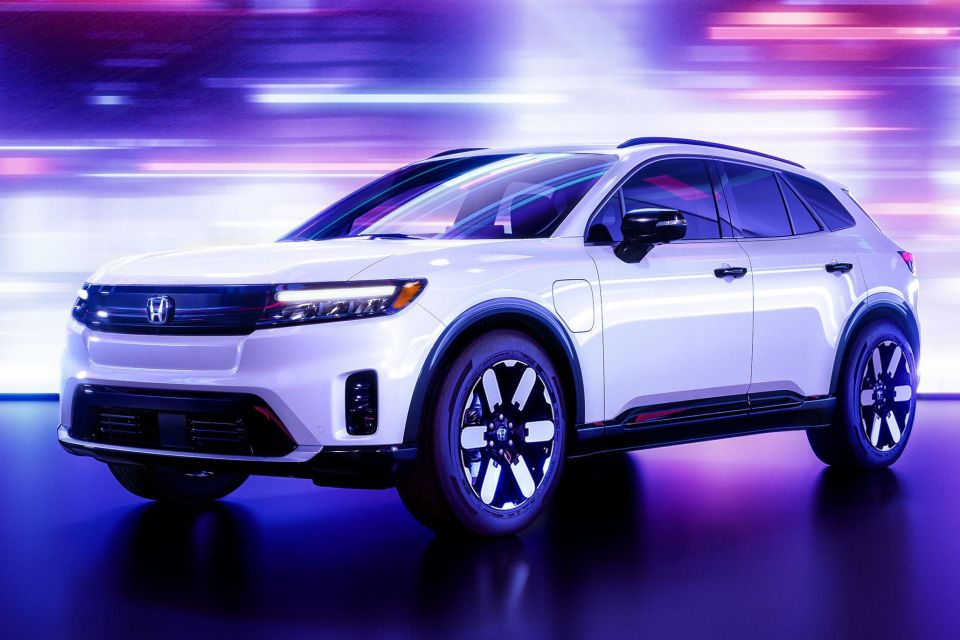
It will follow the the previously revealed Honda Prologue and teased Acura ZDX, SUVs due in 2024 using GM’s Ultium underpinnings.
Its GM partnership will continue, with Honda noting the two companies “will continue exploring a broad range of collaboration” with a range of more “affordable” Ultium EVs in “2027 and beyond”
In Japan, Honda will launch an N-VAN based commercial mini-EV in the first half of 2024, followed by an EV based on the N-ONE in 2025 and two small EVs in 2026. One of the latter will be an SUV.
In 2022, Honda pledged five trillion yen, or around A$53 billion, towards electrification.
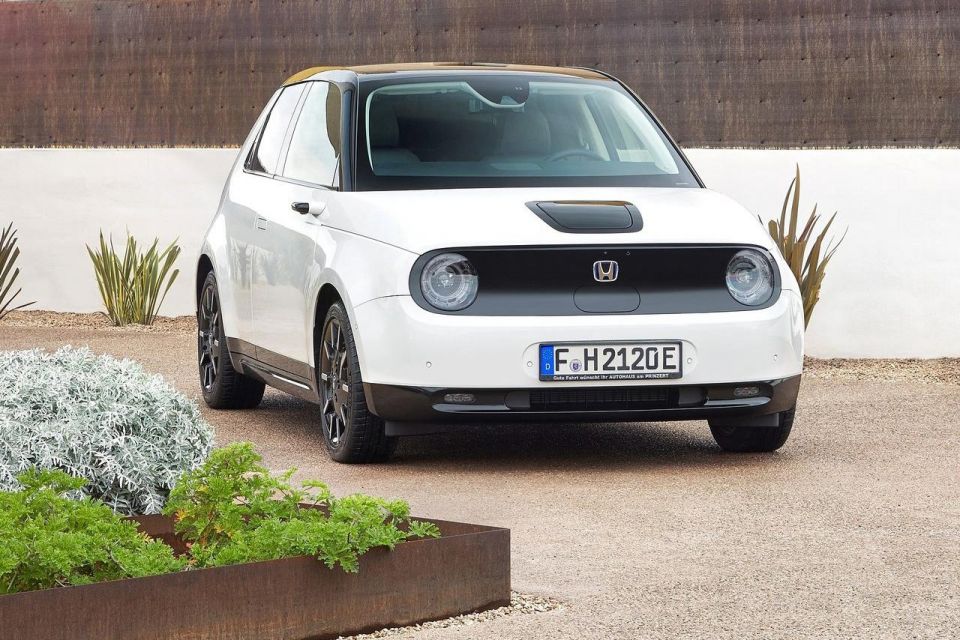
Earlier this year, it completed an organisational reshuffle, merging the electrification efforts across its automotive, motorcycle and power product businesses while also splitting its regional operations into separate North America, China and Associated Regions divisions.
Locally, Honda Australia plans to make the transition to EVs gradually, confirming it has no plans to introduce any electric vehicles over the next five years.
“Our electrification strategy is all about using hybrid to bridge to electrification in the future, we don’t have any plans at the moment to introduce EVs,” Honda Australia boss Carolyn McMahon told CarExpert earlier this year.
Mibe-san isn’t the only CEO to speak highly of Chinese brands, with Ford CEO Jim Farley being another.
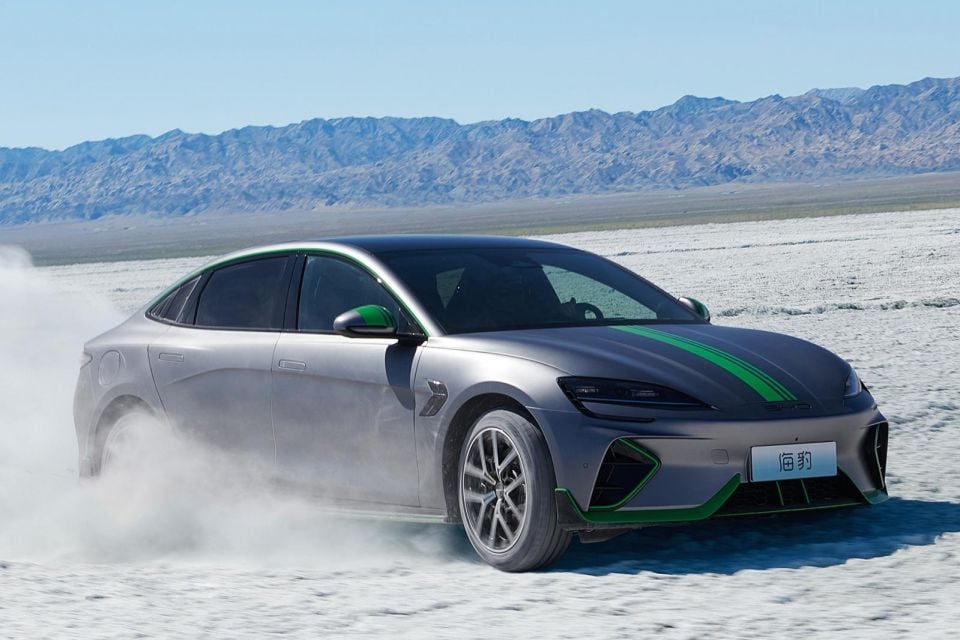
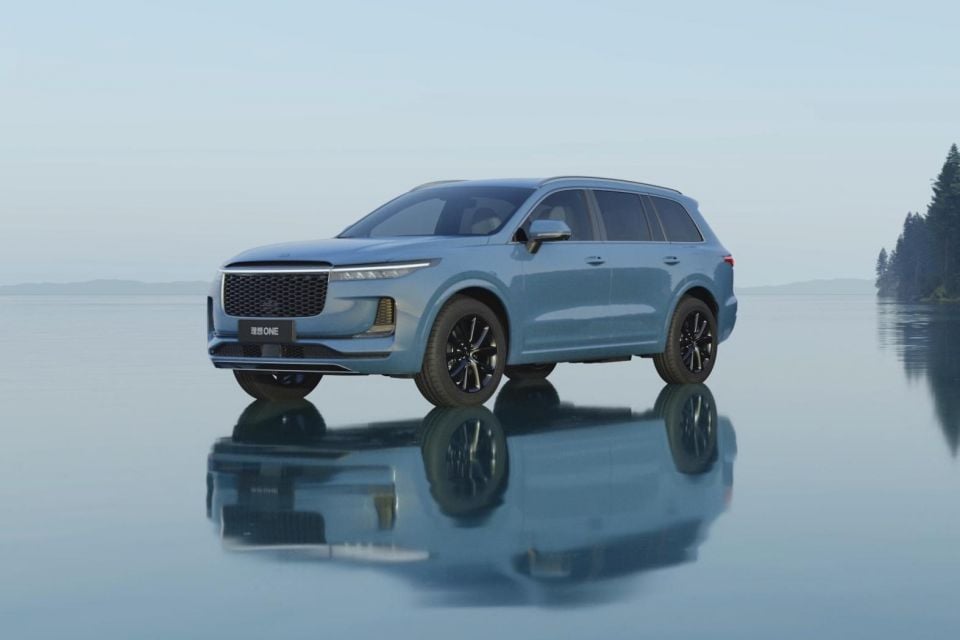
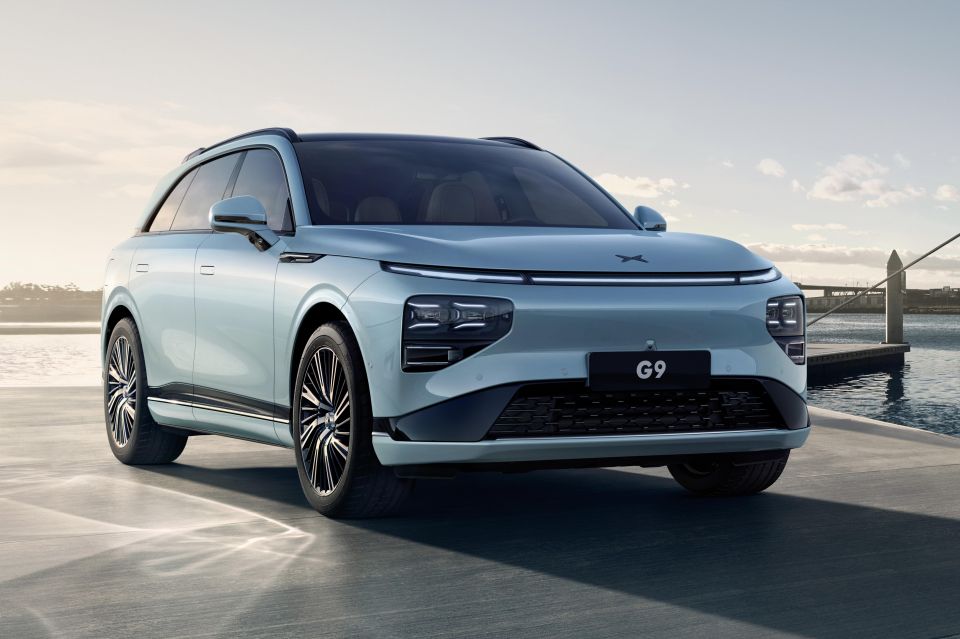
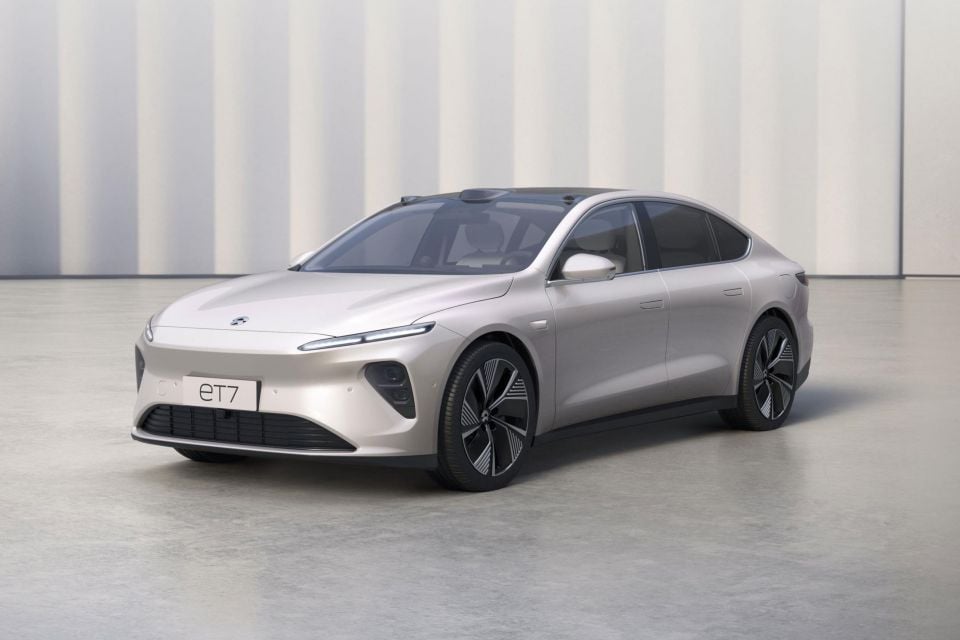
“There is one huge company that is so impressive, BYD. They’re in a totally different world than Tesla,” he said earlier this month in remarks reported by Reuters.
“They’re totally vertically integrated, completely, all the way to batteries. No one is doing that on the globe.”
He noted the success of new brands in China that focus on electrification, technology and digital experience, including Li Auto, Nio and Xpeng.
“The differentiation really comes down to technology and services,” he said.
“They’re all beautiful. All of these vehicles are so beautiful. Go to China.”
Where expert car reviews meet expert car buying – CarExpert gives you trusted advice, personalised service and real savings on your next new car.
William Stopford is an automotive journalist with a passion for mainstream cars, automotive history and overseas auto markets.


CarExpert.com.au
2 Hours Ago
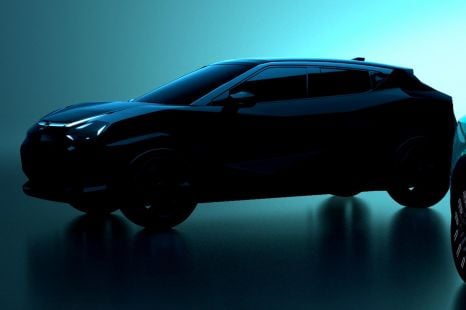

Damion Smy
16 Hours Ago
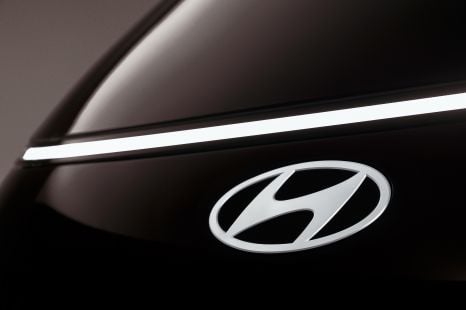

Damion Smy
19 Hours Ago
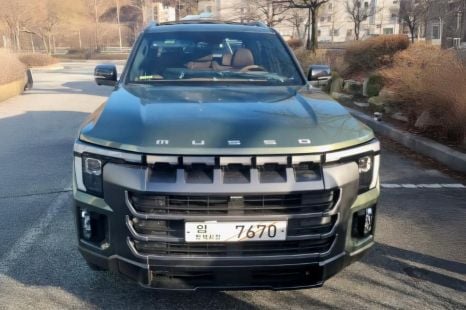

Damion Smy
23 Hours Ago


Damion Smy
1 Day Ago
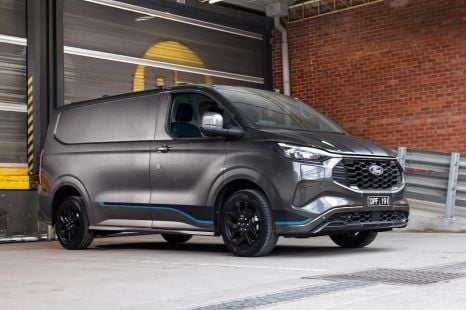

Damion Smy
1 Day Ago